You are here
Lalibela, exceptional Ethiopian Christian site at last mapped out
The Ethiopian authority of research and conservation of heritage (ARCCH), the French centre of Ethiopian studies (CFEE) and the French National Institute of Preventive Archaeology (Inrap) have just executed, during an exceptional mission, the topographic and archaeological map of the site of Lalibela, classified by UNESCO in 1978 as part of the world heritage of humanity.
The site of Lalibela, an ensemble of twelve rock churches each one entirely hewn out, in one block, of the basalt of the high plains of Ethiopia, has been a subject of study for archaeologists, historians and architects for many years. This exceptional ensemble nevertheless is largely unknown to us.
Monolithic churches hewn out of basalt
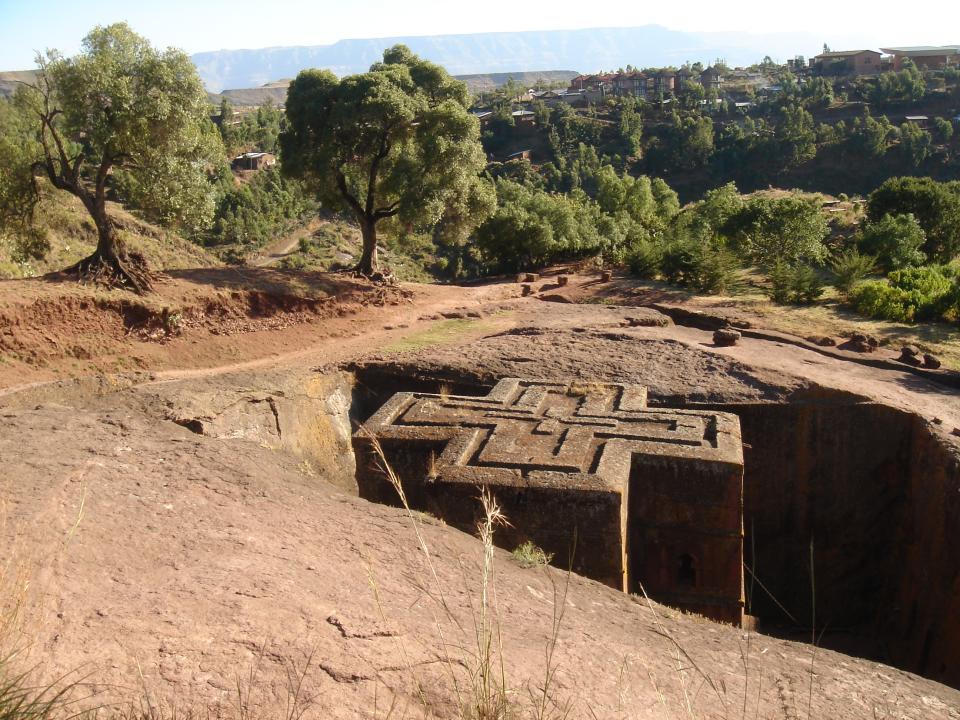
Several important questions are at present under discussion among specialists : Were these churches built at the same period? Were these monuments originally built as churches? Was this site King Lalibela's capital and that of the Zagwe dynasty (XIe – XIIe century)? What was the chronology of the successive excavations which caused these buildings to emerge ?
For 50 years these churches have intrigued searchers, but it is the first time that a multidisciplinary team has been able to study these problems on the spot, thanks to the understanding and kindness of the Ethiopian ecclesiastical authorities.
Understanding the creation of the site
These researches will help to understand the creation of this exceptional site and to aid, in the making of decisions, those responsible for Ethiopian heritage, the running of the site and its touristic development.
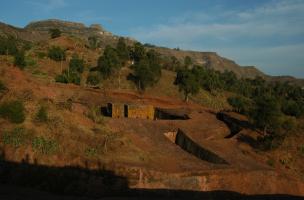
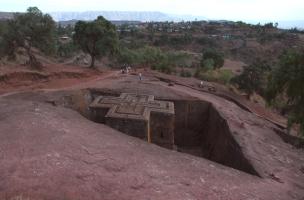
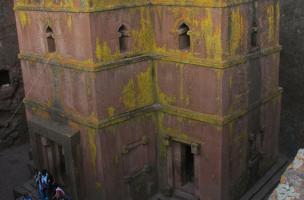
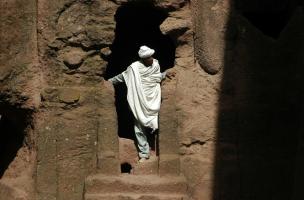
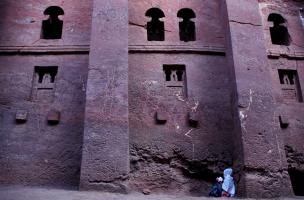


Authority for Research and Conservation of Cultural Heritage (ARCCH-Ethiopia), Cultural Office of Lalibela, Unesco, World Monument Fund, French centre of Ethiopian studies (CFEE), Inrap, CNRS.
Mahaut Tyrrell
Media communication
Inrap, media partnerships and relations department
+33 (0)1 40 08 80 24
mahaut.tyrrell [at] inrap.fr
Vincent Charpentier
Chef du pôle partenariats et médias
Inrap, pôle partenariats et médias
01 40 08 80 16
vincent.charpentier [at] inrap.fr">vincent.charpentier [at] inrap.fr


